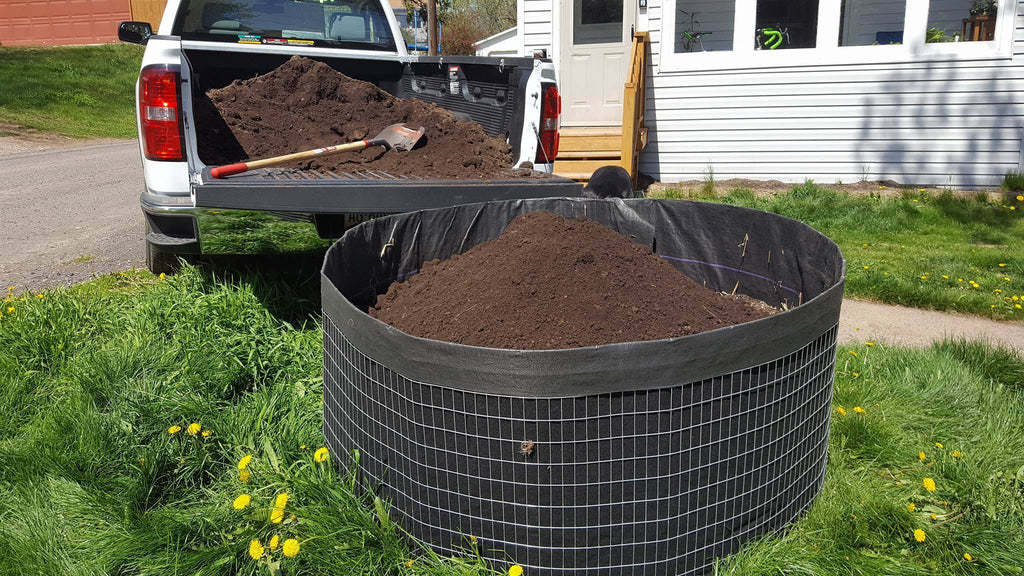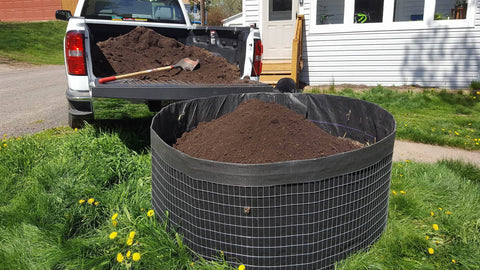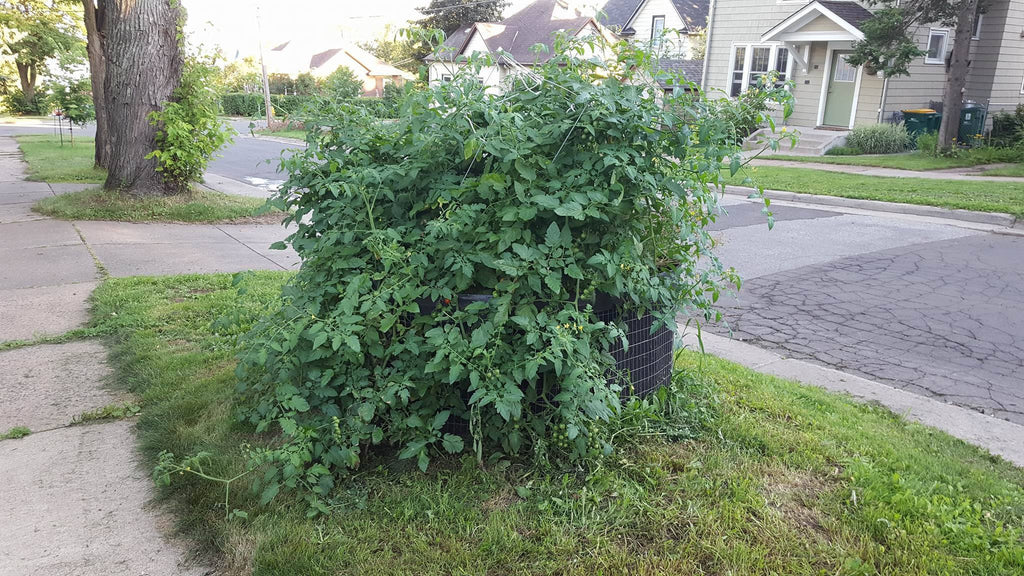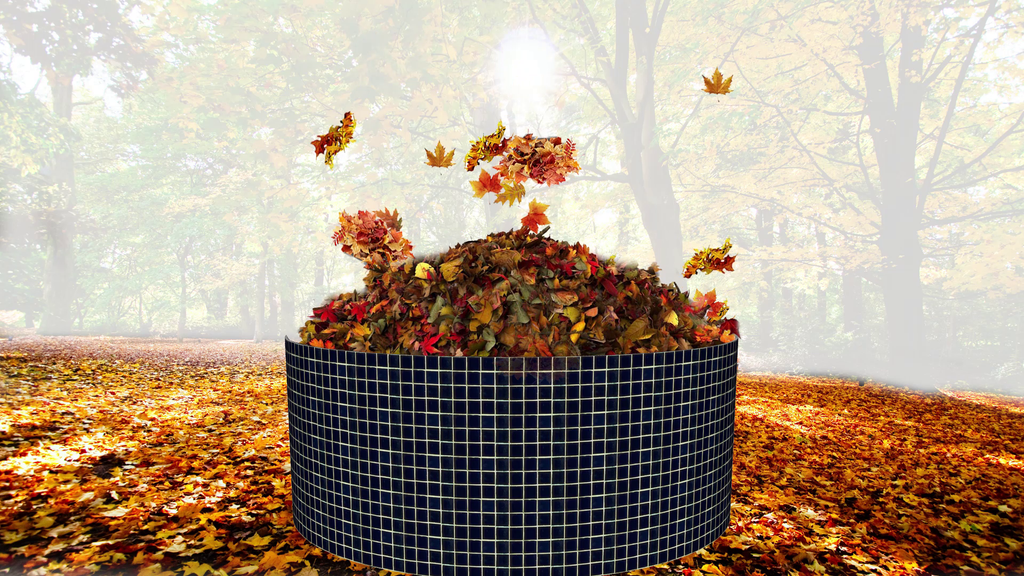Is your yard making you a frustrated gardener? Maybe this will help.
I compiled a presentation based on a request from a friend to help educate some locals. It came out so well that I think many people out there might appreciate it. The entire presentation is in this PDF file, and parts of it are laid out below, as well.

Some of the things we cannot solve with a raised bed:
- Lack of sun
- Deer, and other large critters
Some of the things we can partially solve:
Some challenges we have solved for people:
- Poor Soil
- Bad Drainage
- No Soil
- Contaminated Soil
- Gophers
- Sloping ground
The slides below illustrate each of these issues.
Soil is the biggest challenge around us.. The glacial till is largely sand and gravel with only a thin layer of topsoil. There are areas within a few miles where the clay is so think it cracks in dry weather and barely lets water drain in wet weather.

In a raised bed, the soil is not being walked on, it is deep, and it has good drainage. The nutrients are not leaking out to the adjacent sandy soil, either.
Below is a dramatic illustration of using low areas to garden in. After a particularly heavy rain, this low area turned into a pond. Instead of dying a soggy death, the tomatoes and other veggies rather liked it.

As you can see in the photos below, when they installed that garden, it was not a pond.

Another common situation, especially in urban spaces is there is no soil at all. Think parking lots, vacant city lots, patios, and old driveways. 
In those urban areas, or even rural areas, it is often very hard to know what may be in the soil. I met one nice, young couple interested in raised beds because their new house in Milwaukee had lots of lead in the soil. It was so much lead that the soil test came back with a note on it to keep children from playing in that soil. Ick!
The illustration below is what I would recommend for putting a raised bed on that kind of soil.
- Make sure the roots of the plants cannot get into the bad soil with a weed barrier.
- Make sure the moisture from that soil can't carry anything up into your good soil by putting a layer of crushed rock to break any wicking action.
- Cover up the soil around the bed with mulch of some sort.

Got unwelcome digging friends? Raised beds with wire mesh underneath can keep them out. Use a 1/4" to 1/2" mesh size.

I have talked to several people about making a terraced garden because the sunny part of their yard is a hillside. These are a pretty good way of dealing with that.

On a related note, they can be used to level off a larger space for something else, too. In this case, a greenhouse. Note the insulation sheet inside the retaining rings. That will help the greenhouse warm up the soil under the greenhouse faster int he spring and keep it from cooling as fast in the fall.
Bonus: You can use raised beds to garden in a greenhouse easier, too. Again, the soil warms up much faster in the spring because it is exposed to the warm air in the greenhouse. All the other advantages of using the raised beds, like ergonomics and efficient use of soil also apply.

That's the complete list of ways raised beds can help you garden where you might have though you couldn't. If you can think of more ways to use raised beds, we would love to hear about it. Give us a shout out on facebook or in the comments on the blog, here.
Continue Reading



























